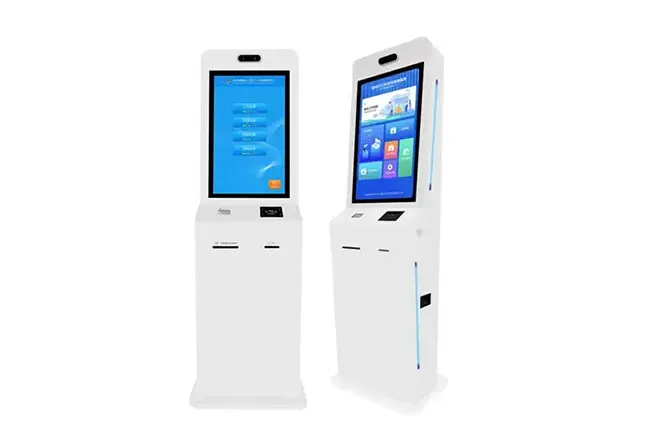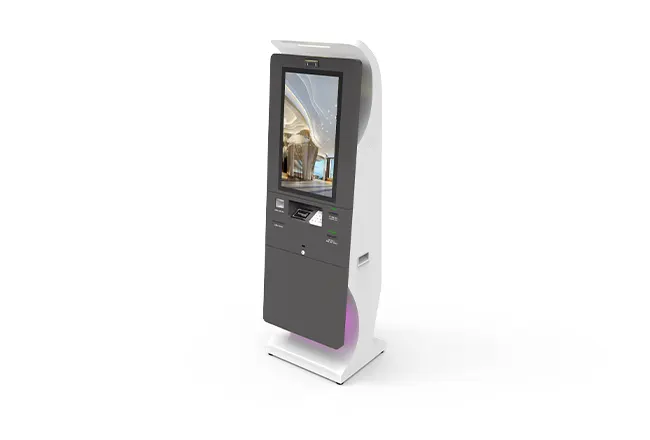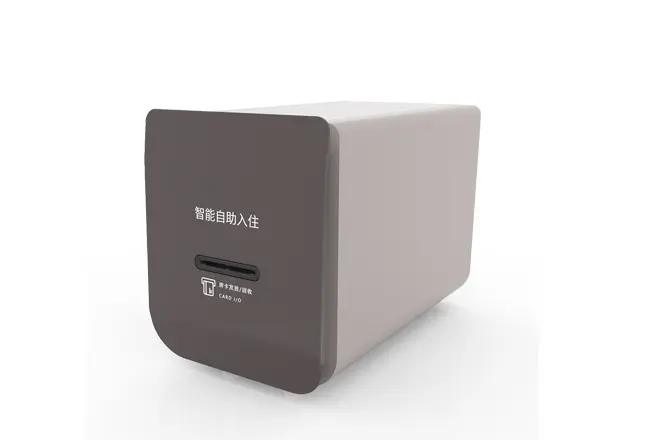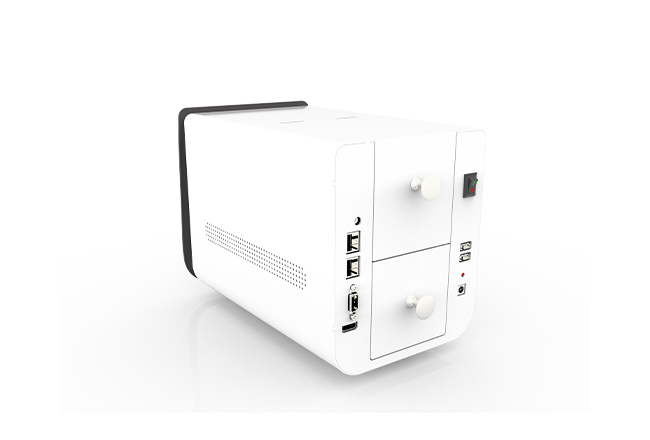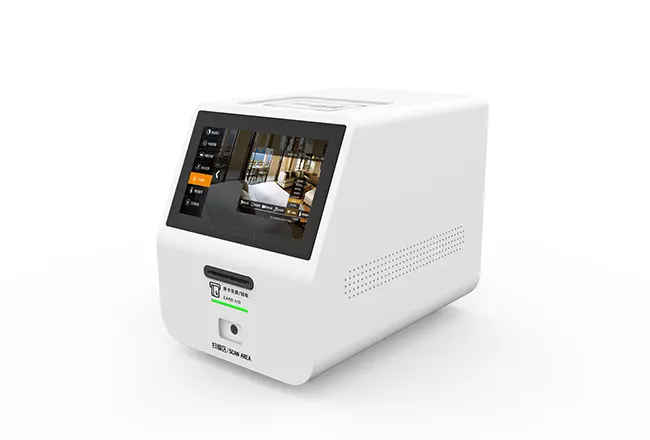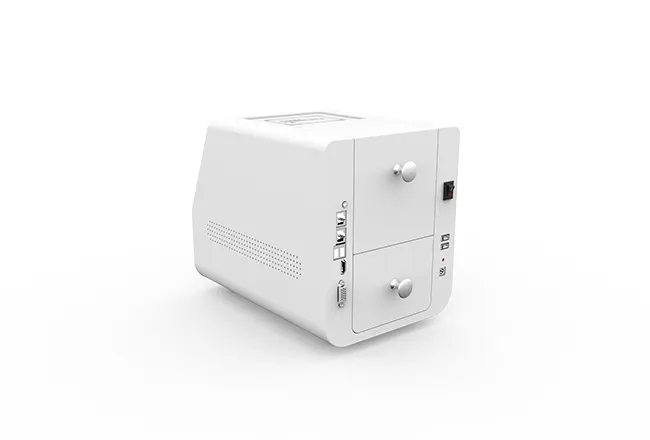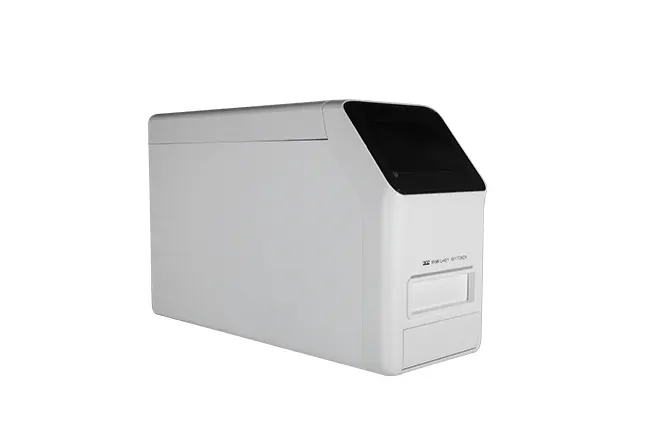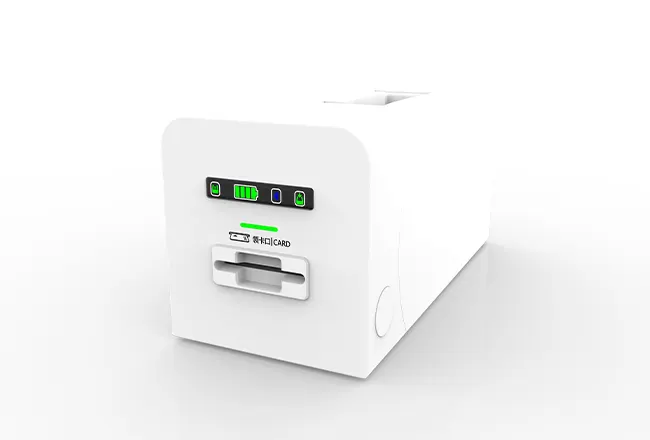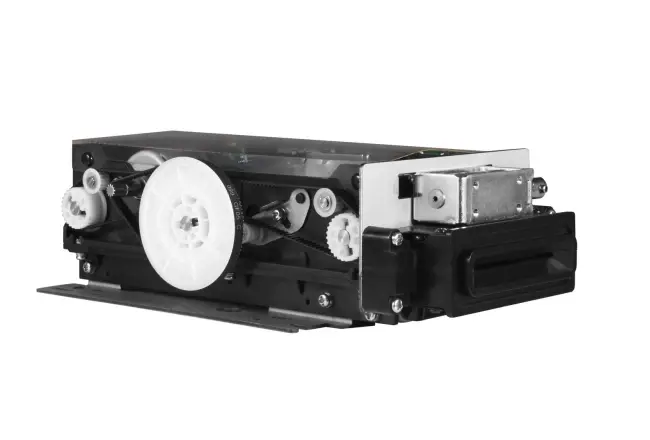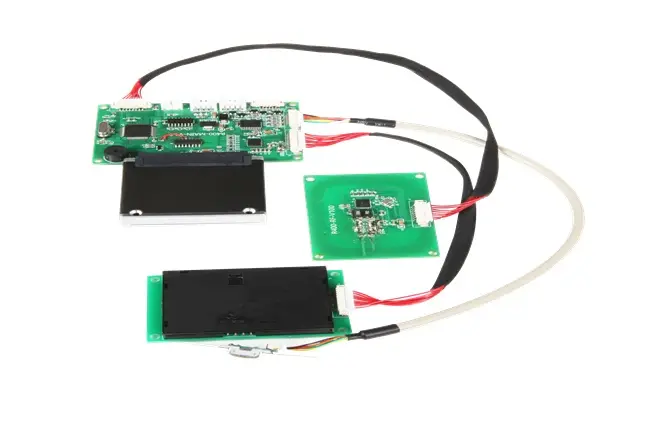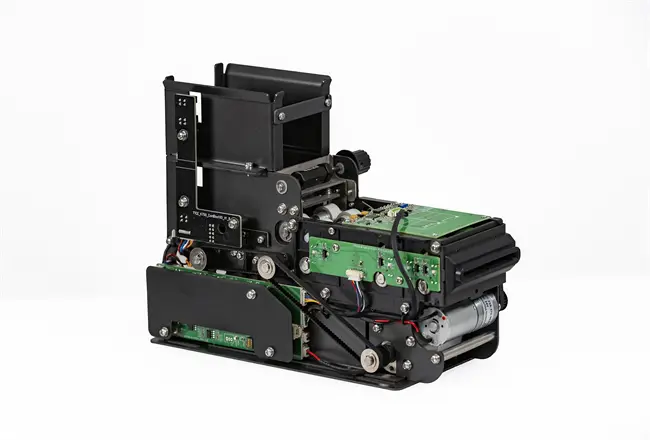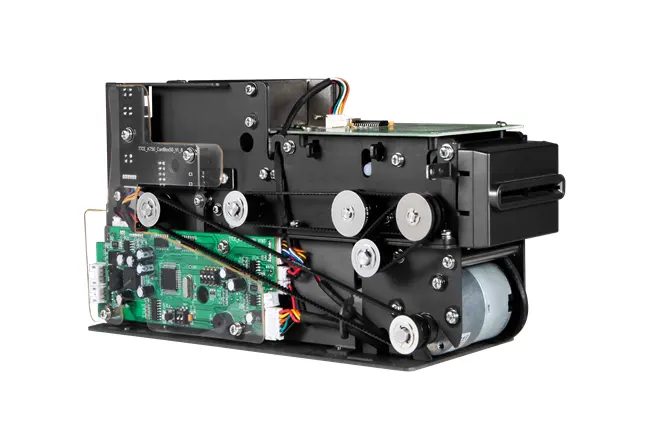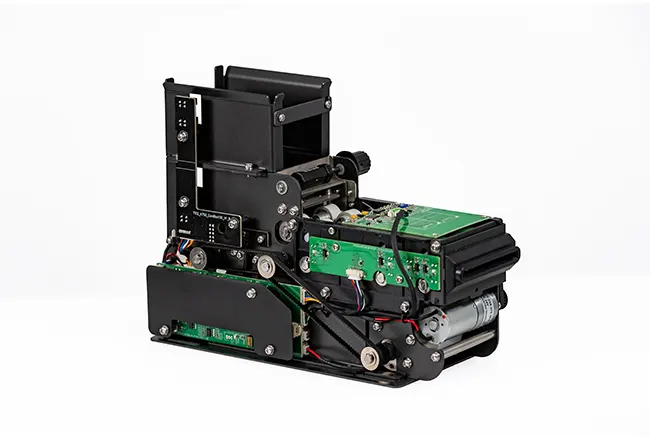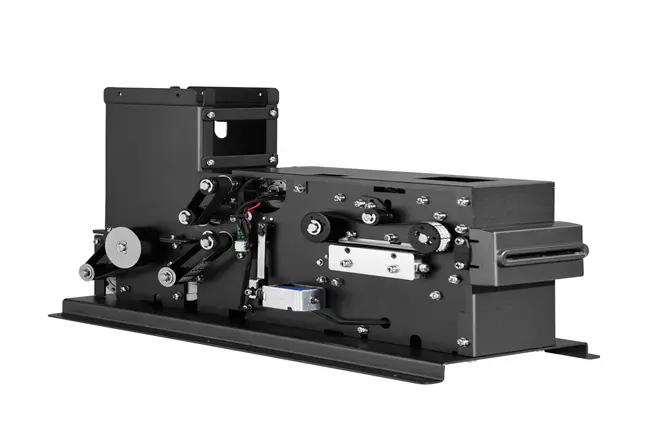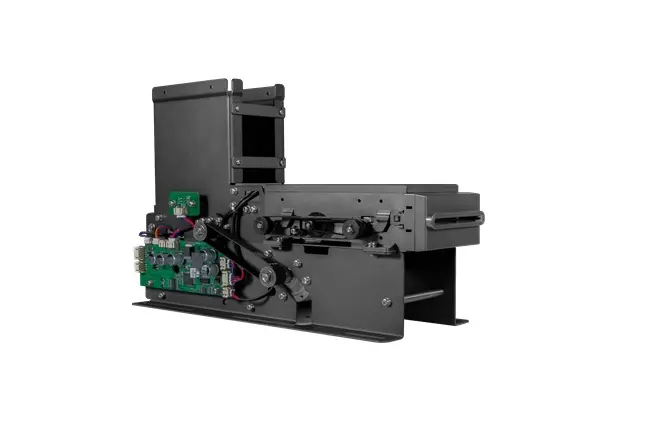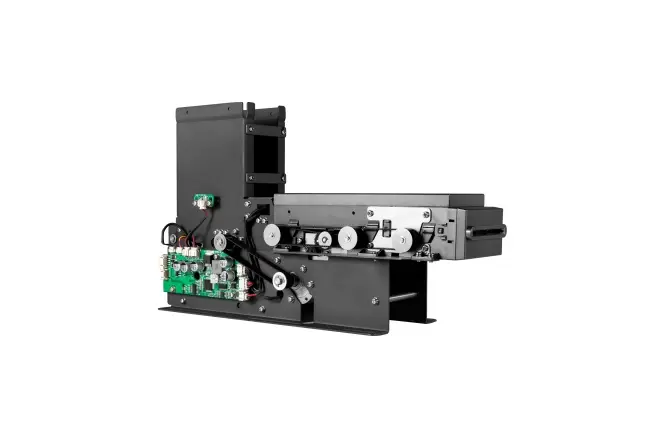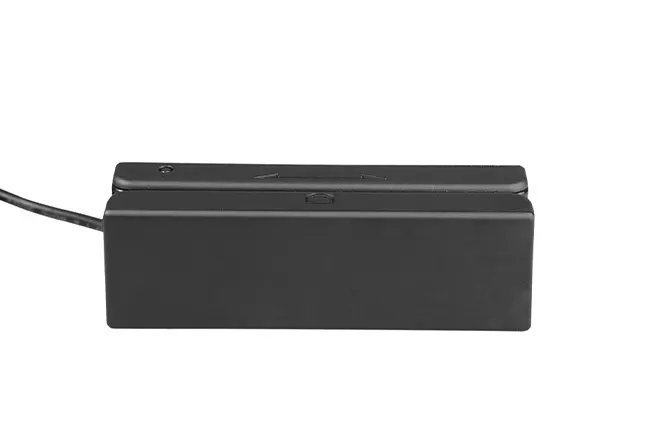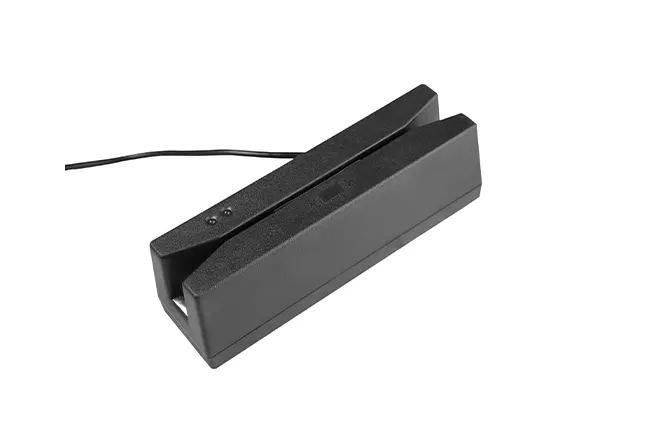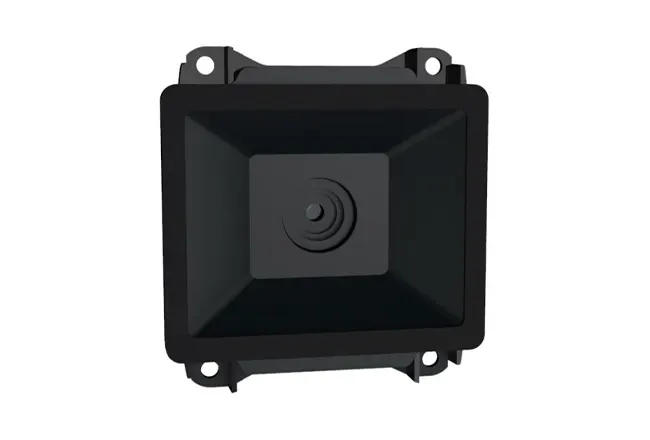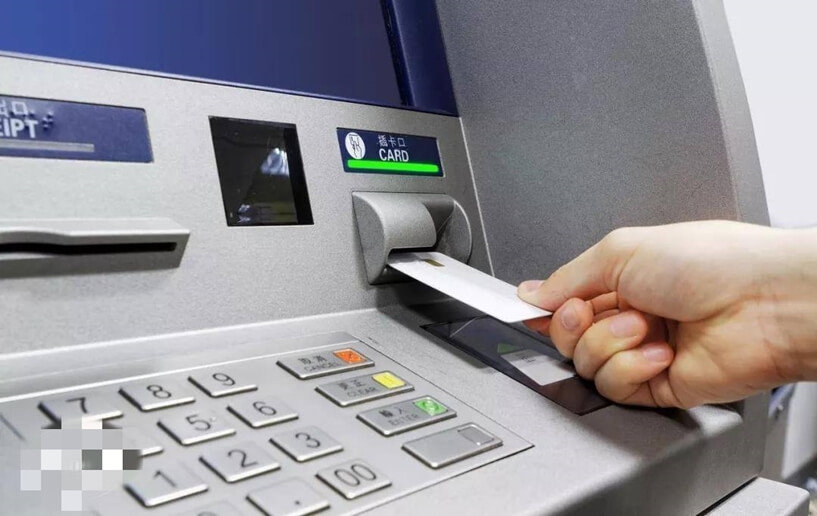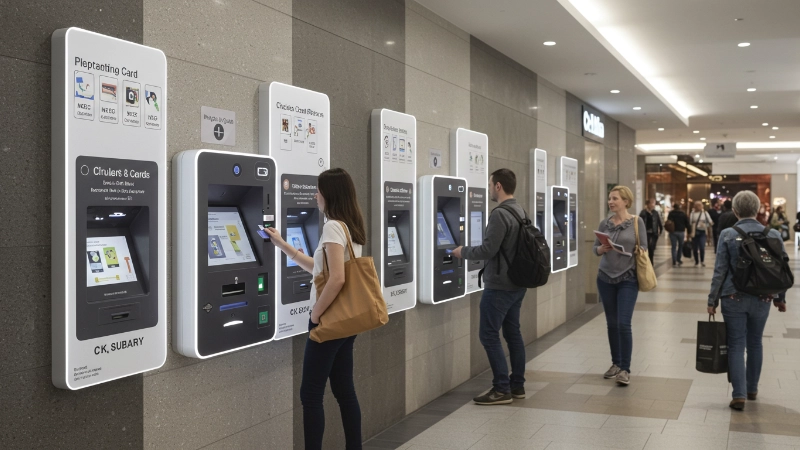Blog Related
Credit Card Magnetic Stripe Reader vs EMV: Smart Choice for 2025
2025-09-25Many leaders assume chips win everywhere. Yet budgets are tight. Networks fail. Queues grow. A Credit Card Magnetic Stripe Reader still keeps lanes moving. But when is magstripe the smarter call? And when must EMV lead? In this quick read, we compare real costs, uptime, and security trade-offs. We share field lessons from retail, transit, and kiosks. You may be surprised where the old workhorse still shines. Stay with us for a simple decision checklist and a rollout path you can start this week.
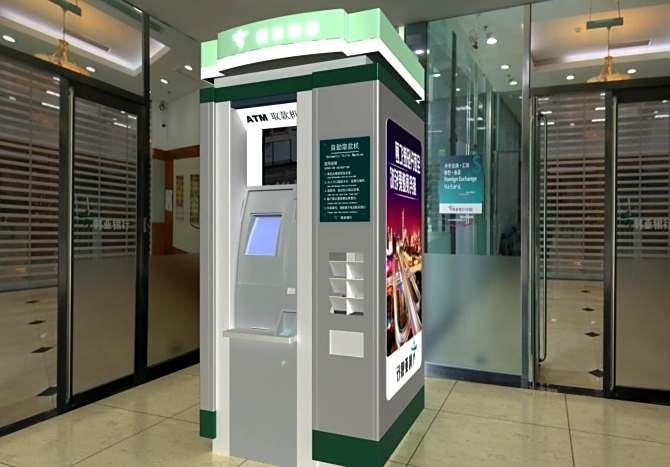
Why a Credit Card Magnetic Stripe Reader Still Matters
At TTCE, we fully acknowledge the security gains EMV brings. Chip authentication curbs counterfeit fraud and, in many markets, it is the default. Yet day-to-day operations rarely look "default." Teams manage mixed hardware fleets, remote sites with unstable networks, and long project queues. Replacing every terminal at once is risky and expensive. In these real environments, a Credit Card Magnetic Stripe Reader is not a step backward; it is a practical bridge that keeps queues short and revenue flowing while you modernize at a pace that fits your roadmap.
- Total Cost of Ownership, Not Just Hardware Price
Budgets are a constant constraint, especially for small and mid-sized operators. Hardware is only one line item. Software integration, compliance work, certification timelines, and training often exceed the sticker price. A Credit Card Magnetic Stripe Reader lets you stage upgrades where they matter most. You can keep reliable terminals online, avoid ripping and replacing entire lanes or kiosks, and protect cash flow. Predictable maintenance beats emergency overhauls, and it gives your team time to pilot new EMV flows where they deliver the highest return.
- Speed, Uptime, and Offline Continuity
Lines kill conversion. Support tickets spike when networks hiccup. In parking, tolling, rural retail, or any location where connectivity is uneven, you need payment methods that start instantly and read reliably. A Credit Card Magnetic Stripe Reader initializes quickly and supports offline workflows. When a chip is worn, a card is bent, or a customer presents a legacy card, magstripe keeps the transaction moving. Staff require less training and fewer workarounds, which translates into faster service from day one and fewer abandoned carts.
Operational Advantages with TTCE's Multi-Technology Reader
From a manufacturer's perspective, reliability and serviceability drive lifetime value. TTCE builds motorized units that read and write magnetic, IC, and RFID cards in the same device, so you can operate mixed programs without bolting on extra peripherals. We design for harsh, high-traffic conditions and for the realities of field service teams that need to act quickly and safely.
- Multi-format support: Read/write magnetic, IC, and RFID in one slot to protect legacy use cases and enable modern ones.
- Continuity and security: Power-down card-eject helps recover safely during outages; PSAM options support secure key storage.
- Rugged mechanics: A dust- and foreign-object-resistant bezel protects internal mechanisms in outdoor or debris-prone locations.
- Straightforward integration: Compatibility with common host communication protocols reduces software change and accelerates rollouts.
- Easy service: Swap a module in minutes instead of the whole unit - less downtime, fewer spares to stock.
- Built to last: The composite body shrugs off heat and wear; stainless-steel guides keep the card path true.
- Greater stability: Built-in surge/misuse protection keeps sites running consistently.
- More options: Multi-SIM capability supports telecom use cases and extra secure storage.
These are not theoretical benefits. They address the everyday pain points our customers describe: terminals exposed to dust and traffic, kiosks that must recover cleanly after power loss, and integration projects that cannot absorb months of rework. By consolidating card technologies in one motorized unit, you reduce cabling, shrink the physical footprint, and simplify spare-part planning. That makes budgeting easier and service windows shorter.
❓ What This Means in the Field
Banking and financial institutions use TTCE readers for ATM transactions, payment processing, and card issuance, where precision and steady uptime are paramount. Transit agencies use them for ticket validation and fare collection on buses, metros, and tollways - where fast reads and rugged bezels matter. In access control, they secure entry for offices, hotels, and restricted areas. Retail and self-service kiosks run loyalty, membership, and payment in a single slot, cutting clutter and points of failure. In each environment, the common thread is reliability under load and fast recovery when conditions are not perfect.

Choosing Smart for 2025: A Phased Path That Works
How do you decide when to lean on EMV and where a Credit Card Magnetic Stripe Reader is the smarter operational choice? Start with your customer journey. If a queue costs you sales - think busy convenience stores, transit gates, or parking exits - speed and continuity are primary. If your estate spans legacy POS plus new kiosks, compatibility wins. If your sites face dust, temperature swings, or frequent restarts, rugged mechanics and safe power-down recovery matter more than any spec sheet benchmark.
A practical playbook often looks like this: deploy EMV where regulation or risk dictates, and use the reader's magstripe capability as your fallback and migration lever. Maintain one device that can read magnetic, IC, and RFID to cover loyalty and membership alongside payment. As budgets free up, enable more chip-first lanes. This approach bends to your constraints rather than forcing a "big-bang" conversion that strains teams and frustrates customers.
Critically, standards and certifications reduce integration risk. TTCE designs to international requirements and our devices have obtained certifications such as PBOC and EMV. That means you can operate compliant chip workflows without abandoning magstripe support where it still carries operational value. It's compliance aligned with reality - secure where it must be, flexible where it should be.
If you manage self-service estates, a multi-technology card reader for kiosks keeps enclosures clean and serviceable while supporting loyalty, access, and payments in the same aperture. For owner-operators and small chains, the best magnetic stripe reader for small business is one that installs fast, talks to your existing systems, and can be serviced quickly by local technicians. In both cases, reducing the number of moving parts and standardizing on one versatile reader lowers total cost over the life of the hardware.
As we look across our deployments, the pattern is consistent: organizations that pair EMV with dependable magstripe capability experience fewer operational surprises. They gain coverage for edge cases, maintain service during partial outages, and keep upgrades on their terms. The result is not only lower risk but also higher customer satisfaction; lines move, gates open, kiosks respond, and staff can focus on service rather than workarounds.
Call to Action
If you want to modernize without disruption, talk to TTCE. We'll review your environment, identify the lanes and locations where a Credit Card Magnetic Stripe Reader delivers immediate operational value, and design a phased plan that adds EMV where it matters most. Let's set up a focused pilot so you can measure speed, uptime, and serviceability with real traffic - then scale on your schedule.

